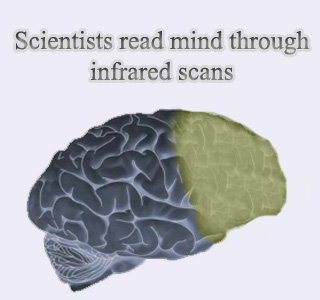
The study investigators boast of developing a headset that can read the mind of the person wearing this headband, by shining infrared light onto the pre-frontal cortex of their brain. These headbands are fitted with fiber-optics, which releases a light in the brain. These scientists have accurately predicted the person’s choice for a particular drink, by measuring the intensity of this infrared light absorbed in the brain tissue.
They further state that usually the brain-computer interfaces, which are meant to decode thoughts, need some amount of training. However, Sheena Luu, PhD student from the University of Toronto, who also led the study, says that, “This is the first system that decodes preference naturally from spontaneous thoughts.â€
The subjects in this particular study were not trained before to the commencement of the study. These nine adult subjects were asked to rate eight drinks prior to the study. After being instructed to wear these headsets, these subjects were asked to make a mental choice between two drinks shown to them on a computer monitor.
Luu says that, “When your brain is active, the oxygen in your blood increases and depending on the concentration, it absorbs more or less light. In some people, their brains are more active when they don’t like something, and in some people they’re more active when they do like something.â€
Through this technique, the scientists were successful in predicting the right drink chosen mentally by these subjects. With the help of a computer which recognizes the unique activity of the brain, these scientists gained an 80 percent success rate in predicting the right drink.
The study investigators state that this unique technique can be useful for use in children facing certain disabilities which obstruct their ability to speak or make gestures to express themselves and reveal their choices. Their aim is to come up with a portable, near-infrared sensor which can be operated through a wireless technology.
Their findings are published in The Journal of Neural Engineering.
